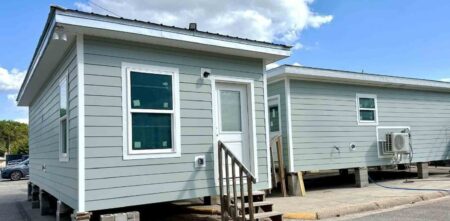FLORIDA — Recent freezes have resulted in many people questioning whether to prune or not to prune cold-damaged plants. The short answer is… wait.
We’ve just had a run of freezing temperatures. But winter’s not over. Our winter temperatures go back and forth all season—one week, it’s winter; the next week, we think spring has sprung—and then winter decides to pay us a visit again. This is typical here in North Florida.
As a result of the freezing periods, less cold hardy tropical and subtropical landscape plants can be injured.
For example, it’s normal for popular landscape plants such as oleander, hibiscus, bottlebrush, and philodendron to suffer some cold damage. Then, the first impulse for many gardeners is to cut away the dead and dying leaves and branches.
But this is not the best idea.
During winter, it’s difficult to tell how much damage has been done to these plants. Pruning immediately after a freeze will cut away live wood that does not have to be lost. Also, leaves and branches that have been killed can help protect the rest of the plant when the next freeze strikes.
Some of the more tender landscape plants, such as bananas, cassia, gingers, tropical hibiscus, and many of the tropical perennials, may have been killed back to the ground. Don’t give up on them too soon. These plants may surprise you by sending up new shoots come spring.
Some of these plants require warm soil temperatures before they produce new growth. Many of the gingers, for example, may not show any signs of life until April or May.
Some winter and spring flowering plants, such as camellias and azaleas, may experience flower bud damage. This will be evident at blooming time, with few to no flowers. Cold-damaged camellia flower buds will either drop off the plant or only partially open, showing brown centers. Stem damage will show up in spring and early summer when some of the branches die. Cold-inured leaves will fall as new spring growth occurs.
Individual woody stems on some azalea and bottlebrush plants will likely split or crack during a freeze. These injured stems and branches are subject to dieback the following spring or summer. It’s best to wait until these branches begin to die before removing them during the spring or summer.
When pruning, make sure to cut below the split or injured area into healthy wood.
Winter is not over. February and early March can bring occasional frosts and freezes. When spring really has sprung, you’ll know what survived and what didn’t.
That’s the time to prune.
Larry Williams is the Extension Horticulture Agent with the Okaloosa County Cooperative Extension Service, University of Florida. Contact Larry at 689-5850 or email lwilliams@myokaloosa.com.







